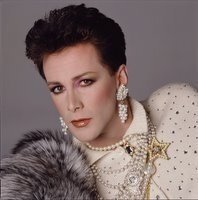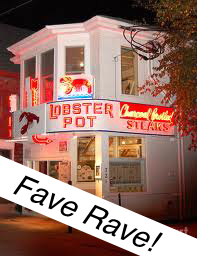Darlings! Mummy has made a decision! After reading dozens of posts and having hundreds of conversations with well-meaning folks who just don't know about the great CHARACTER actors who gave films the depth and genius that surrounded and supported the so-called "stars", I am going to post an occasional, special entry called SYBIL'S "WHO'Z DAT??"....there'll be photos and a mini-bio, and the next time you see one of those familiar, fabulous faces that you just "can't quite place".......well, maybe these posts will help. Some of these actors worked more, had longer and broader careers, and ended up happier, more loved, and even wealthier than the "stars" that the public "worships"......I think there may be a metaphor in that! What do you think??? While you’re mulling it over, I want to introduce one of my best girlfriends and one of the great, GREAT (and unsung!) actresses of Hollywood. An actress who was pretty enough to play the ingénue and leading lady in the 1920s, and then who evolved into such a wide variety of character roles that she left audiences unaware of who they were actually seeing. She was so talented that she completely disappeared into her roles… a veritable Female Lon Chaney Sr., if you will… except that she was so much prettier!!! How rare is that?? And she WELCOMED her evolution into the character roles. The actress I’m speaking of is Lee Patrick (November 22, 1901 – November 21, 1982).
Born in New York City, she first became interested in theatre through her father who was the editor of a trade newspaper. She started off on the stock stage as a teen and debuted on Broadway in THE GREEN BEETLE (1924), becoming a long and popular NY stage presence during the 20s and early 30s with such scene-stealing roles in the original 1929 production of JUNE MOON by George S. Kaufman and Ring Lardner, and later in LITTLE WOMEN (1930), and BLESSED EVENT (1931). For more than a decade, she was constantly employed and established herself as a popular actress, and reprised her role in the 1933 revival of JUNE MOON. Her success in the Broadway production of STAGE DOOR (1937) by George S. Kaufman and Edna Ferber led her to Hollywood to reprise her starring role in the film version, which would have been a huge break for her career. But eventually the part was rewritten and split from a single major character into TWO characters which were played by Katharine Hepburn and Ginger Rogers. Patrick had made her film debut in 1929, but since that time, had not appeared in another single film, and RKO was reluctant to star an unknown actress in a film which they were beginning to realize had great potential. Her disappointments continued when she was considered and then rejected for the lead role in STELLA DALLAS (1937) in favor of Barbara Stanwyck.
Her difficulties in establishing a career as a leading actress were often attributed to a long-standing feud Patrick had with gossip columnist Louella Parsons. Patrick's husband, Tom Wood, a journalist and author of The Lighter Side of Billy Wilder, once wrote a magazine article which was very critical of Parsons, and she earned the enmity of not only Parsons but of the Hearst Publishing empire which was her employer. She remained in Hollywood, and appeared in a wide variety of films such as BORDER CAFE (1937), a Western starring Harry Carey and in THE SISTERS (1938), a romance starring Bette Davis and Errol Flynn. But the toll on her career was serious. Over the next several years she played numerous supporting roles, without attracting much critical attention. However, in 1941, Patrick appeared in THE MALTESE FALCON (1941) as Effie Perine, the loyal and quick-thinking secretary of Humphrey Bogart's Sam Spade. Perine was one of Patrick's most enduring film appearances. In an iconic film that is filled with some of the most eccentric character portrayals of all time, Patrick stands out as perhaps the most accessible and charming of them all…. the “normal” center around which all the drama swirls and perhaps the only person that the audience can actually identify with given Bogart’s morally ambiguous Sam Spade.










